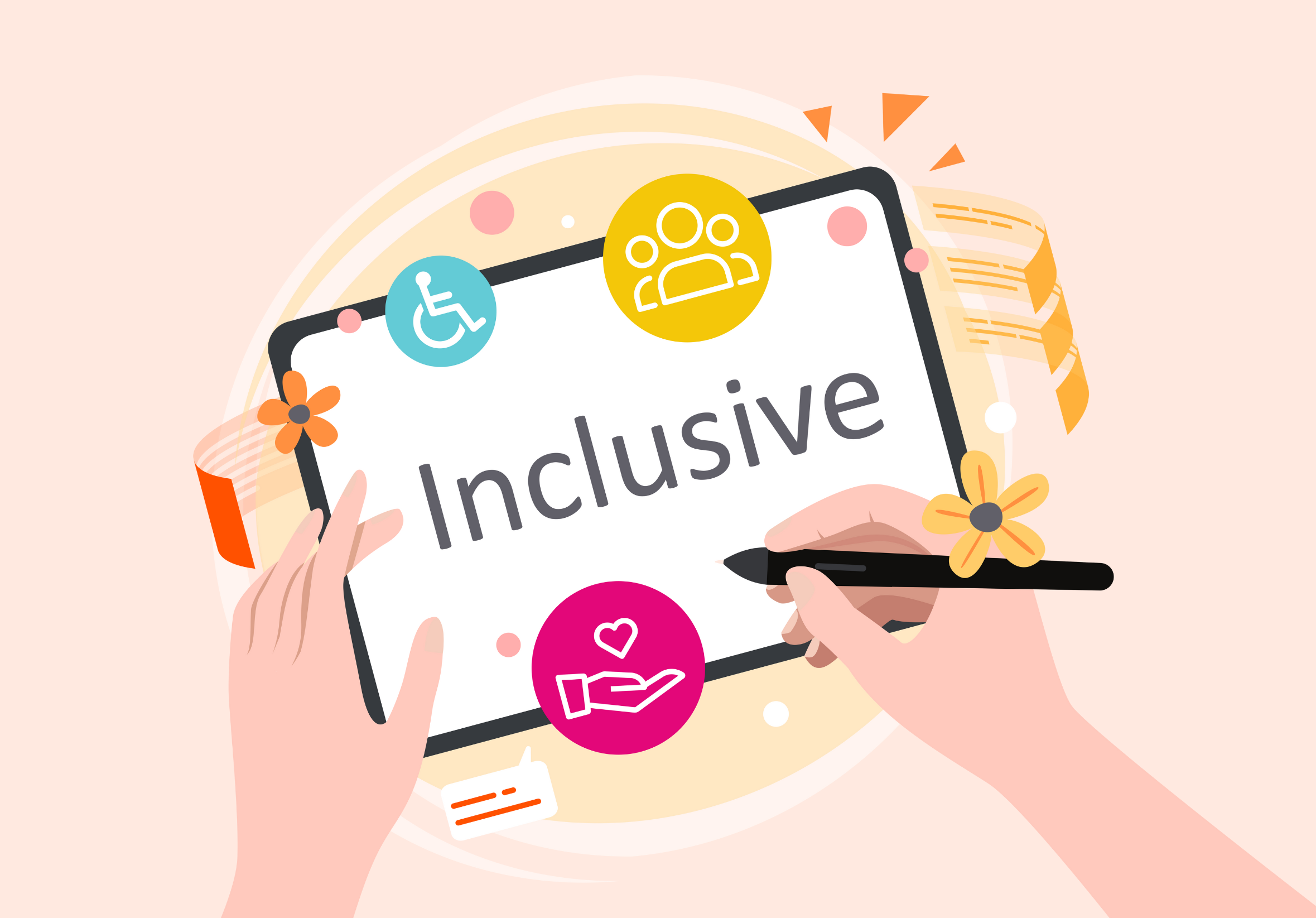20 July 2023
Virtual Reality or Augmented Reality?
Virtual reality (VR) and augmented reality (AR) have shown themselves to be transformative training technologies. Allowing the creation of rich and immersive learning environments, these two technologies have enabled many new approaches to learning and training. Even though VR has quickly risen in popularity in many fields, the potential of AR is often undervalued or forgotten.
While VR uses a specialized helmet and controllers to place learners in a virtual 3D environment they can explore, AR uses much simpler equipment (such as a smartphone) to overlay virtual elements onto the learner’s real environment.
Many interesting approaches to training are made possible by this often-underestimated technology:
Simulations and Visualizations
- AR can be used to enrich traditional learning materials such as textbooks, by overlaying digital contents (videos, animations, 3D models, etc.) over them.
- By manipulating interactive models and simulations, such as a 3D model of a molecule, learners can explore complex concepts in a more engaging and hands-on way.
Real-Time Support
- AR offers many advantages to on-the-job training. For instance, it can be used to visualize a process step-by-step, display contextual information while performing a task, or to provide real-time feedback to employees in training.
- AR can be used in technical training to assist learners in identifying components, manufacturing complex products, performing equipment maintenance, and more. Providing such on-the-job information can help reduce errors and improve employee efficiency. Providing such on-the-job information can help reduce errors and improve employee efficiency.
Inclusive and Accessible Learning
- AR can enable many forms of support and adaptive measures for learning presenting specific needs or functional limitations.
- Accessibility tools that are based on AR can provide text-to-speech or audio descriptions of visual information, modulate sensory input, and even provide navigation assistance in real time.
Selecting a Technology
It can be daunting to decide between VR and AR when comes the time to create training. The following questions can help you make an informed decision:
- Do I want to train my learners in a fictitious, carefully designed, and safe environment (VR), or do I want them to learn in the actual environment in which they will eventually work independently (AR)?
- Do I have the budget to develop digital environments and software to explore it (VR), or does my budget restrict me to creating digital objects such as 3D models and animations (AR)?
- Will my learners have access to virtual reality equipment (VR), or will they only have a smartphone or tablet (AR)?
No matter which technology you opt for or is permitted by your budget, VR and AR are both powerful training tools that can enrich the learning experience and engage learners in their learning process. What incredible experiences do you think you can create with these technologies?




